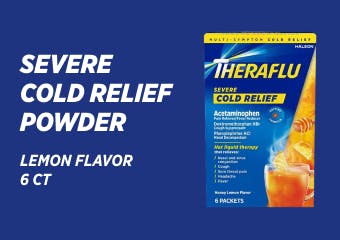Why Does Fever Occur?
When you have a fever, it’s because your hypothalamus, which is sometimes called the “thermostat” of the body, has elevated your body temperature.v This can occur due to virus, bacterial infection, heat exhaustion, inflammatory conditions like rheumatoid arthritis, a malignant tumor, and certain medications.vi It’s normal for your body temperature to shift slightly throughout the day, being a little lower in the morning and higher in the afternoon and evening. Anything in the range between 97° F (36.1° C) and 99 F° (37.2° C) is still considered a normal body temperature.vii When your body temperature gets over 100.4° F (38°C), you have entered fever territory.
Understanding Fever Symptoms
When your body temperature goes over a normal range, it’s common to experience a range of symptoms. Sweating, chills and shivering, headaches, muscle aches, loss of appetite, irritability, dehydration, general weakness are all associated with having a high fever. viii
If you or your child is experiencing one of these symptoms, the first step to identifying a fever is taking your temperature. Using an oral or rectal thermometer will provide the most accurate read of your core body temperature, but you can also use an ear (tympanic) or forehead (temporal artery) thermometer for a convenient and less-invasive—but less precise—method.x
How to Get Fever Relief
Although most fevers are not cause for concern and will go away on their own, elevated body temperature can still cause discomfort. Luckily, there are a number of ways you can treat your fever at home to get some relief. Try an over-the-counter medication in the appropriate dosage like Theraflu Multi-Symptom Severe Cold Hot Liquid Powder or Theraflu Daytime Severe Cold & Cough Hot Liquid Powder to help get relief from fever and other flu symptoms.* Prevent dehydration by drinking lots of fluids like water, juice, or broth. Avoid alcoholic or caffeinated beverages, as these can dehydrate your body.xi Dress in light, layered clothing and get plenty of rest.
When to See a Doctor
If you’re experiencing a high fever with a temperature that exceeds 103 F° (39.4 C°), contact your doctor. If you are experiencing a severe headache, unusual rash, unusual sensitivity to light, a stiff neck, mental confusion, persistent vomiting, difficulty breathing or chest pain, abdominal pain, pain when urinating, convulsions, or seizures alongside your fever, seek immediate medical attention.xii
We hope this guide to how to treat a fever has helped you get the fever relief you need. For more resources and informational articles like this one, visit the Theraflu Prevention and Care hub.
*based on symptoms listed by the CDC





